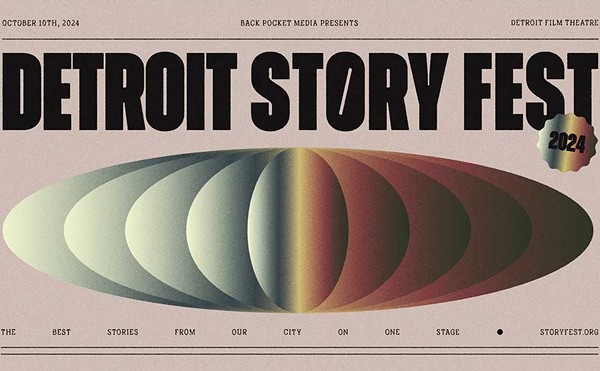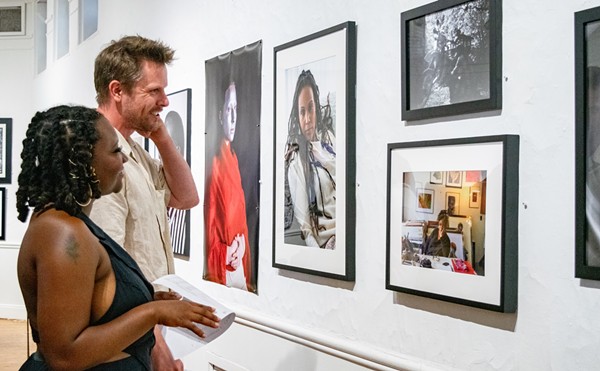Though only a modest hit upon its 1993 release, Tim Burton's The Nightmare Before Christmas enjoyed a successful second life as a cult fave, especially with the goth kids. With each passing year, however, the film's popularity grows, turning a perversely lovable holiday tale into a cultural phenomenon and merchandising juggernaut. (Images of Jack Skellington are everywhere, from T-shirts to tattoos.) Disney has turned a modest initial investment (the film's budget was just $18 million) into a major cash cow.
Hoping to squeeze out a few more box office dollars and prolong the licensing revenue stream, Nightmare has been re-re-released for Halloween with a digital 3-D makeover.
And the results are astounding. Disney's trademark process brings a sumptuous sense of depth to the film without sacrificing visual clarity. Director Henry Selick packed every frame of Nightmare with weird jokes, spectacular backgrounds, and wondrously macabre characters and the 3-D effects only heighten the experience.
What's really surprising is how fresh and original his stop-motion horror fantasia feels after 13 years. Like a twisted version of Rankin & Bass holiday films (Rudolph, Frosty, et al.), The Nightmare Before Christmas cleverly refashions its yuletide characters into Edward Gorey refugees. Sure the story is as thin as Jack Skellington's twiggy legs and Danny Elfman's tunes are hit-or-miss but the film's spirit, tone and visuals never cease to delight.
For the uninitiated, Nightmare is the story of Jack Skellington, the pumpkin king of Halloween Town. Bored by his duties and desperate to experience something new, he decides to kidnap Santa Claus and take over Christmas. Putting his ghoulish minions to work, he ends up ruining the very holiday he tried to improve. A sort of Grinch Who Stole Christmas in reverse, Jack's misadventures teach him the value of remaining true to what he is.
Though directing duties fell to animator Selick, Tim Burton's fingerprints are all over the film. From its gothic production design to its creepy-crawly character models to the mordant storyline (it was taken from a poem Burton wrote), Nightmare is clearly the director's brainchild.
With the rise of online technologies and portable media devices, Hollywood studios have struggled to find their place in the new entertainment economy. By creating enthralling cinematic experiences like The Nightmare Before Christmas — 3D they make the trip to the theater worth our time and money.





